Out Now
The Aussie Issue
Current Issue
The Aussie Issue
DEC 25 - JAN 26

Our homes and business premises are always possible targets for thieves – so we’ve got some tips to keep residential and commercial buildings secure.
 |
 |
|
| OUR PANEL |
CHRIS FORD General Manager Marketing & Comms, Compare the Market |
BEN DAWSON CEO of NHN Group |
| How much of a problem is residential and commercial property crime in Australia? |
Hundreds of thousands of Australian households experience a break-in every year, so we shouldn’t become complacent when it comes to home security. While the latest figures from the ABS show that break-ins have decreased by 29% in the last 12 months, 113,000 households still had something stolen and 79,600 had property damaged. It’s a real concern. |
Residential and commercial property crime is one of the most common crimes experienced in Australia, with over 40,000 reports made to NSW Police each year. Break and enter is an offence that is a significant problem for households and businesses, and results in substantial costs to both the community and the Government. |
| What are some of the most common ways to break into buildings, and what are thieves after? |
Many of us worked from home during COVID-19 lockdowns, but as we return to the office and start traveling again, it’s important that we don’t let our security standards drop. Commonly stolen items include jewellery and clothing, sporting equipment and bicycles and money, wallets or purses. However, nothing is off limits to thieves. |
Most petty thieves are opportunistic and will look for easy ways, like doors or windows left open, ajar, or unlocked. If thieves need to break in, they will look to do this with minimal to no noise or fuss, so a floor-level window or door that is not easily seen or is out of the way of regular foot traffic is ideal. |
| What sort of preventative measures are most popular from a technology perspective? |
Our latest data shows that there’s actually been a 3% increase in homes with cameras compared to the same time last year, as technology evolves. In fact, 42.6% of Australians have alarms or cameras installed at home. Of those, 16.4% of homes say they have alarms installed, 13.8% say they have cameras and 12.4% say they have both alarms and cameras in place. |
External CCTV and an alarm system with back-to-base monitoring are the most popular. Systems easily installed and controlled from a smartphone are very popular also and most allow for two-way audio communication as well as video. |
| What practical things can people do to minimise risks? |
If you do have an alarm, add generic security signs or stickers to warn thieves that a loud, alarmed security system may go off if they enter. In addition to the usual lock and key, consider barrel bolts, chain locks, deadbolts and smart locks. And be aware that anything you post on social media when you’re not home could be inviting thieves into your home. |
Have an overt sign displayed saying there is an alarm active. This is not a failsafe, as opportunistic thieves may factor the alarm going off and being able to ‘get in and get out’ with what they intend to steal before security or police arrive, but it does make premises less appealing. Ensure doors and windows that are not used regularly are secure or locked. |
| What’s your best piece of advice for anyone who has commercial or residential property from a security perspective? | When searching for a contents insurance provider, always list any security measures you have in place, as some insurers may be able to offer you a lower premium. Insurers may also deny claims if you haven’t taken reasonable measures to protect your property, so always keep this in mind. |
Have a set, consistent process for people to follow and document it if necessary. Have visual prompts/ reminders, e.g. a sign on the inside of the main door saying ‘Please lock the door’ or ‘Have you set the alarm’. |
Keep up to date with our latest news and competitions by subscribing to our regular newsletter.

Issue 189
OCT - NOV 2025

Issue 188
AUG - SEPT 2025
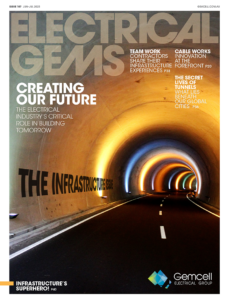
Issue 187
JUN - JUL 2025

Issue 186
APR - MAY 2025

Issue 185
FEB - MAR 2025

Issue 184
DEC 2024 - JAN 2025

Issue 183
OCT - NOV 2024

Issue 182
AUG - SEPT 2024

Issue 181
JUN - JUL 2024

Issue 180
APR - MAY 2024

Issue 179
FEB - MARCH 2024

Issue 178
DEC 2023 - JAN 2024
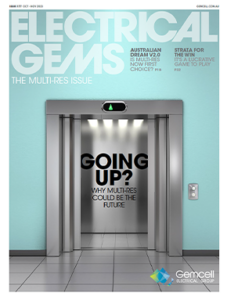
Issue 177
OCT - NOV 2023
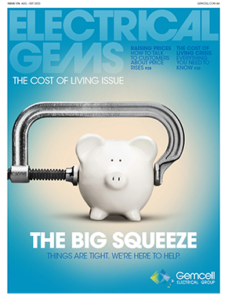
Issue 176
AUG - SEPT 2023
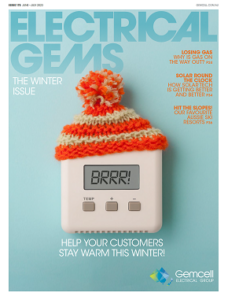
Issue 175
JUN - JUL 2023

Issue 174
APR - MAY 2023
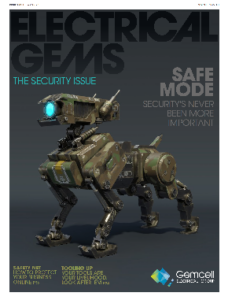
Issue 173
FEB - MAR 2023

Issue 172
DEC 2022 - JAN 2023
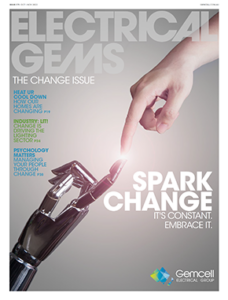
Issue 171
OCT - NOV 2022
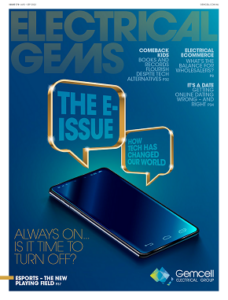
Issue 170
AUG - SEPT 2022

Issue 169
JUN - JUL 2022

Issue 168
APR - MAY 2022
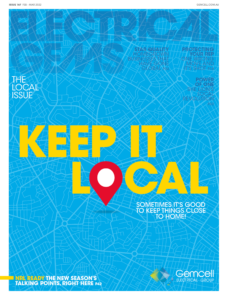
Issue 167
FEB - MAR 2022
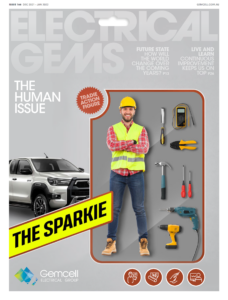
Issue 166
DEC 2021 - JAN 2022
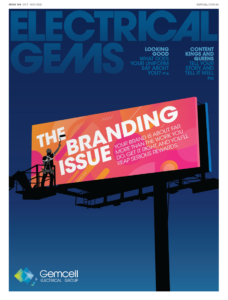
Issue 165
OCT - NOV 2021

Issue 164
AUG - SEPT 2021
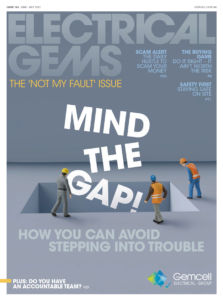
Issue 163
JUN - JUL 2021

Issue 162
APR - MAY 2021

Issue 161
FEB - MAR 2021

Issue 160
DEC 2020 - JAN 2021

Issue 159
OCT - NOV 2020

Issue 158
AUG - SEPT 2020

Issue 157
JUN - JUL 2022

Issue 156
APR - MAY 2020
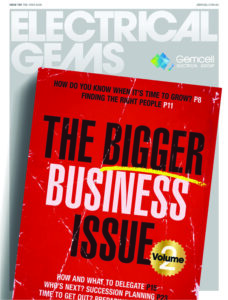
Issue 155
FEB - MAR 2020

Issue 154
DEC 2019 - JAN 2020
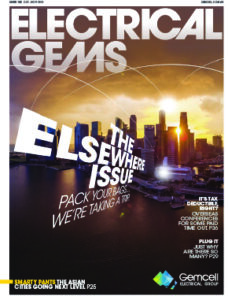
Issue 153
OCT - NOV 2019
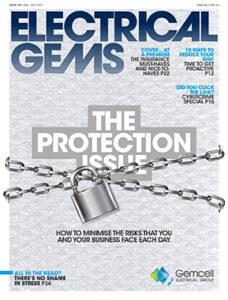
Issue 152
AUG - SEPT 2019

Issue 151
JUN - JUL 2019
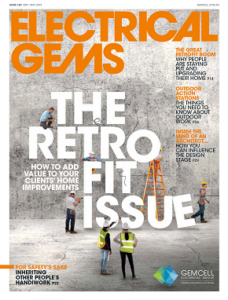
Issue 150
APR - MAY 2019
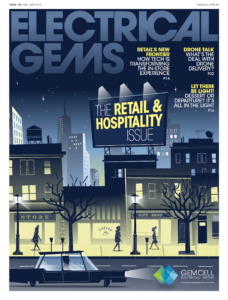
Issue 149
FEB - MAR 2019
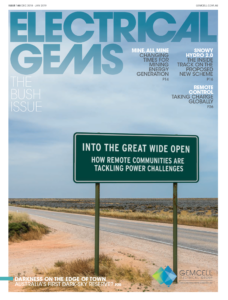
Issue 148
DEC 2018 - JAN 2019

Issue 147
OCT - NOV 2018
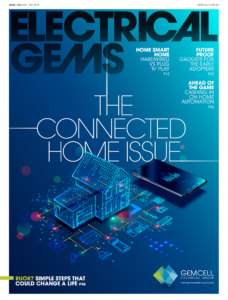
Issue 146
AUG - SEPT 2018

Issue 145
JUN - JUL 2018

Issue 144
APR - MAY 2018
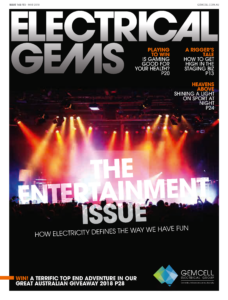
Issue 143
FEB - MAR 2018

Issue 142
DEC 2016 - JAN 2017

Issue 141
OCT- NOV 2017

Issue 140
AUG - SEPT 2017
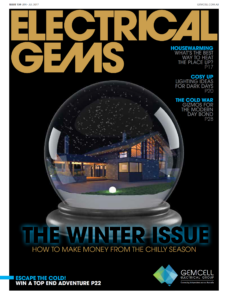
Issue 139
JUN - JUL 2017
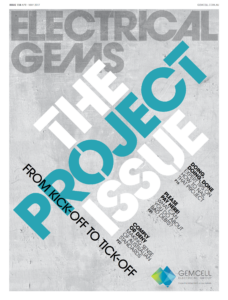
Issue 138
APR - MAY 2017

Issue 137
FEB - MAR 2017
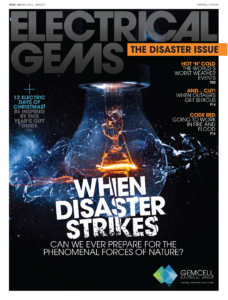
Issue 136
DEC 2016 - JAN 2017
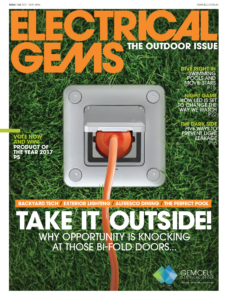
Issue 135
OCT - NOV 2017

Issue 134
AUG - SEPT 2016

Issue 133
JUN - JUL 2016

Issue 132
APR - MAY 2016

Issue 131
FEB - MAR 2016
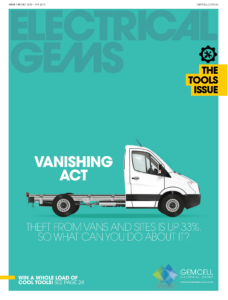
Issue 130
DEC 2015 - JAN 2016
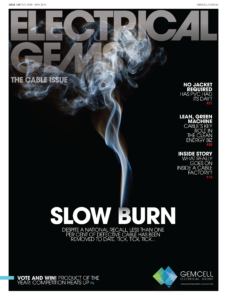
Issue 129
OCT - NOV 2015

Issue 128
AUG - SEPT 2015

Issue 127
JUN - JUL 2015

Issue 125
APR - MAY 2015

Issue 125
FEB - MAR 2015
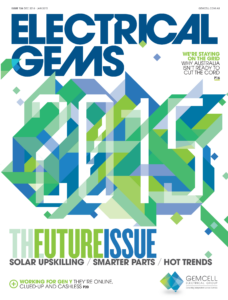
Issue 124
DEC 2014 - JAN 2015
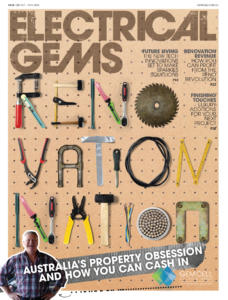
Issue 123
OCT - NOV 2014

Issue 122
AUG - SEPT 2014
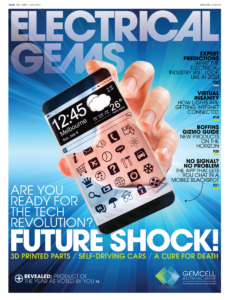
Issue 121
JUN - JUL 2014
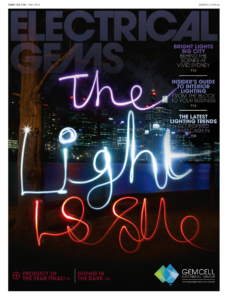
Issue 120
APR - MAY 2014

Issue 119
FEB - MAR 2014
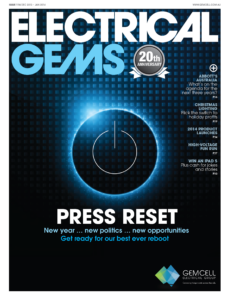
Issue 118
DEC 2013 - JAN 2014
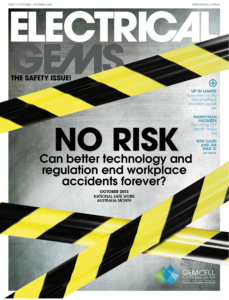
Issue 117
OCT - NOV 2013

Issue 116
AUG - SEPT 2013

Comments (0)
Write a Comment